____________________________
Nancy Wilson
Guess who I saw today
The last one left
To sing the scales from butterscotch tease
To the willows that wept
A slippery taunt, toffee sweet
A palette in verse
That black satin doll
Fancy Miss Nancy
Rhythms Of Life
The ferment of storm to seas
The seas’ mad tides
Our savage hearts to spawn
In the wild shoals of swollen rivers
Druid fires – spiraling discs
Raspy winds and blind/blue passions
Connections of time to stars
Of time to an avalanche
Shouts of wind
Drumbeats, flames, vapors rising
To the bright feet of the sun
Stampeding over our languid afternoons
The torrential songs of spring’s rebirth
Hands of alleluias – songs of alleluias
Bringing forth the rhythms of life
Shrieking, shouting, whistling,
Wailing, weeping
Howling, hailing, clapping, cursing
Mourning, raging, stomping, stamping
Keening with pain-to-the-bones acceptance
Rhythms that weave us in and out,
Among the tatters and tangles we trawl through
And trample over
To get to our days
Unraveling in the shadows of sundown
Revived in our dawns of alleluias
Galloping to glory
To our fervors
Beating the air with frantic wings
With restless wings
Beaming our beings
To the rhythms of life
The wings that shear through clouds
Through métiers of moonlight
Down a milky-way path
To step us onto the staircase
That spirals us to the stars
Billie
A deep savannah of velvet triumphs, Lady Day
Hiding in your ashes before dawn
Drowning in sad-soul rivers
In secret tunnels filled with night eyes
Were your roots planted
To dazzle your way
Through hazes of hideaway days
You carried the ferocity of strange fruit
To the healing bitterness of smoky niteries
In the dark you closed your windows to rain crying
But your soul picked clean anyway
By hawk-pimps that slithered in
With black shadows of night
Your songs scarred by white powders of pain
Upright, with regal grace
Gardenias that bled in your hair
And in your face a far-away look
Of borrowed time
What in your life, Billie, lives in hiding
Inside your furs
From the cold and the needle tracks?
How many hours did you listen for a lullaby
Or for compassion left by the side of a road?
Your songs soft as pearl light
Of aureoles murmuring through
Fronds of weeping willow trees
Imprints of pain piercing the dark
In hot-tub waters soaking off addictions
The liquid measure of your songs
Woman song___ spreading, teasing, cajoling
The weight of substance with the gentleness of feathers
The child that got his own and spent it, Lady Day
Requiem For the Music
Jazz was the first to go
Left as mysteriously as it came
Dark as night, soft as cotton
Slipping through the gray moss
Of the venerable old oaks that lined
The path where jazz was last heard
To be replaced with, and bleached out By Caucasian white-paste glib
Smooth and sliding over the notes
That once traveled from soul to mouth
To trumpet, to sax, to harmonica
To sing to our hearts
From soul to fingers, to piano,
To drums, to bass, to guitar
It was only, for god’s sake
The very crux of their beings
They gave us to be replaced by
The electronics that brushed away
The human imput, mixed as the music was,
Dubbed and dabbed at,
Voiced over … loops and digital
Slick tricks on recorders
Glibly sliding over the graves
Of Holiday, Armstrong, Coltrane, Ella and Miles.
Folk music? Last heard in Frisco
But left on a bell-ringing trolley
Down star-spangled hills
We followed behind in cable cars
Trying to catch up
But the music disappered in the fog That covered The Golden Gate
Back we went, lost as we were
To Haight Ashbury
But all that remained in the coffee shops
Were the echoes of notes
Once booming big with the protests
Of segregation and the Vietnam war
Dylan, Peter, Paul and Mary
Were blowing in the wind
Crosby, Stills and Nash
Last seen in O-H-I-O
Arlo Gutherie caught the train
They call the City of New Orleans
And Credence Clearwater, with all the Subtlety of a locomotive coming down the tracks,
Claimed he was no fortunate son.
Simon? Last seen on the bridge of Troubled waters, where he saw the Music going down for the third time
Gone is that cagey Wolfman Jack
Who played love songs for your sweetheart
Because you loved your sweetheart,
And Wolfman loved the music.
Wolfman?
He was bought by a radio station
That merged until it got to the Giantic size that required a thousand dollars a song to be paid
For requests on CD’s that cost
ten thousand dollars to make
CD’s owned by the record companies
That merged with TV Stations
Featuring only those under their contracts
TV stations merged with the newspapers That owned the movie companies
That never loved the movies
And didn’t love the music
But loved only the money that forged
And formatted the pop music
Which was the last to leave
Miles
Angry young lion with tawny mane
And your fierce eyes of rain that fell with swords
Your notes to gallop across continents
Stone bones and trumpet tongue
Lapping up lights
A pinnacle of the higest notes
And a hard, harsh night hushed
When your notes tripped down a path of whispers
Pensive sorrows; dark enigmas of heroin veins
Nostrils of cocaine, and an avalanche of notes
Painting funny valentines
Notes to penetrate our sleepy silences
Your roots of steel trawling through frenzied screams
And serpent’s dreams
From piercing eyes sewn with anger
Thread of tears, notes galloping to glory
Your profound pauses when time stood still
And you ravished the air with primal yearnings
And primeval howls
You tiptoed up a spiral staircase
To Stella by starlight
The tremor of far-away thunder
The golden pollen of your notes
Pulsating, pulsing, hanging in the air
Glowing soft as yesterdays
Pauses to dream in
The lightening of your life
The silences you came up on and shattered
You, the fierce dragon that ravaged kingdoms
With your foamy crescendos
At the far edges of far out
The hard lights, the diffused lights
And your shattered dreams
You, the sleek cat that blew torrential storms
And nobody, but nobody gonna’ pull your strings
You, the falcon prince of bleating notes, Miles







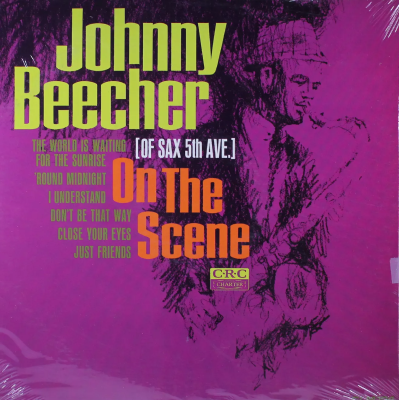

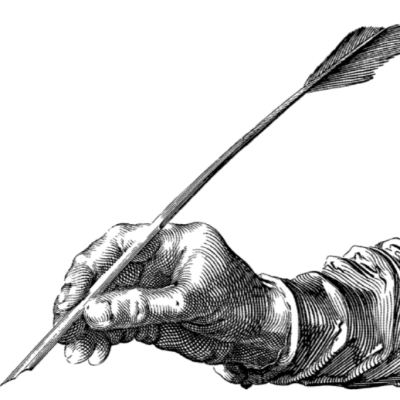
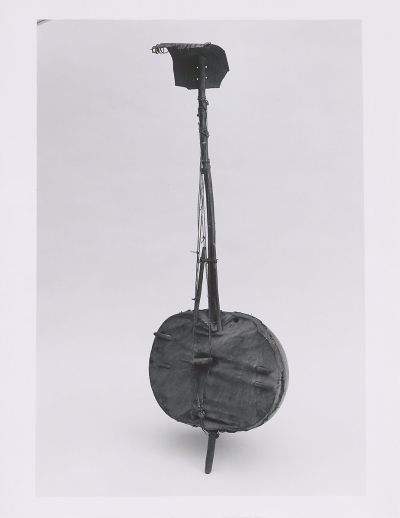

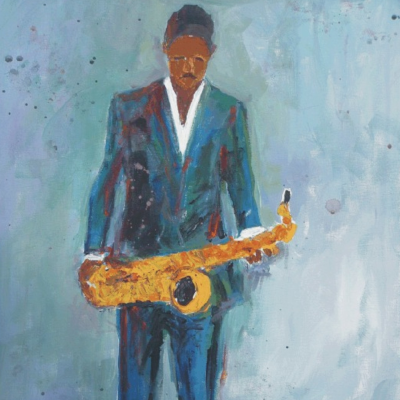



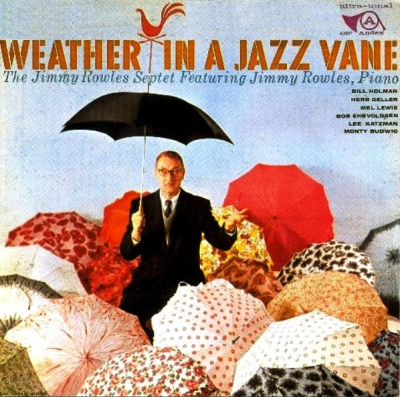







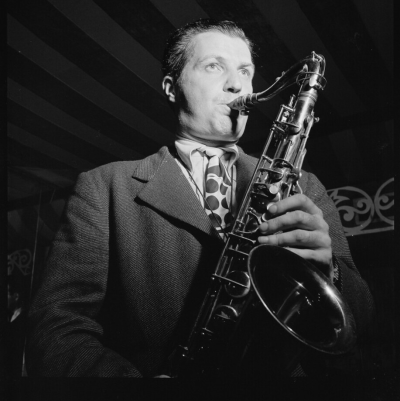

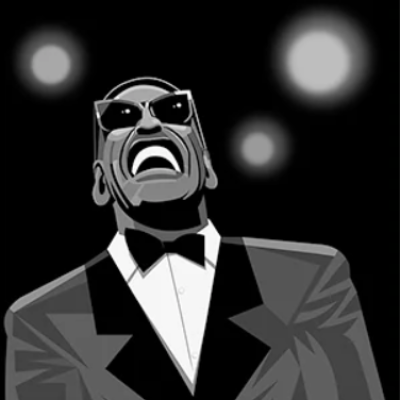






All the poetry is great…My favorite….Requiem for the Music….nicely done!
Love “Requiem for the Music”, it was a real treat!!